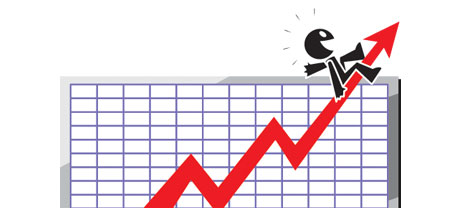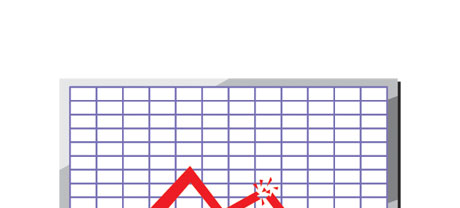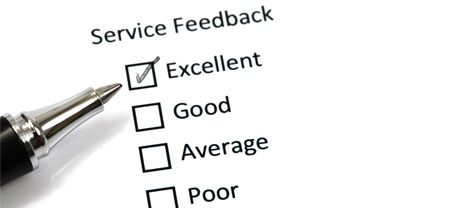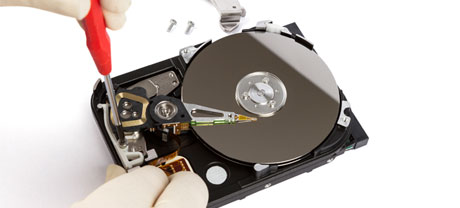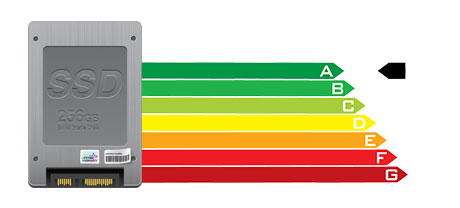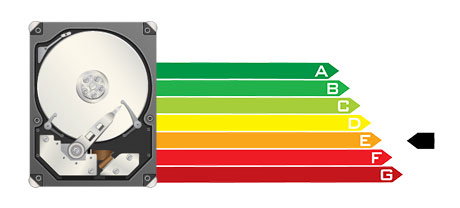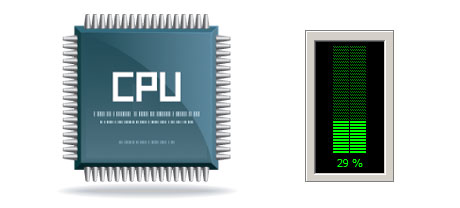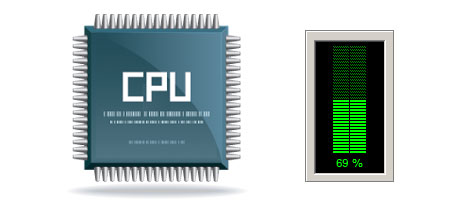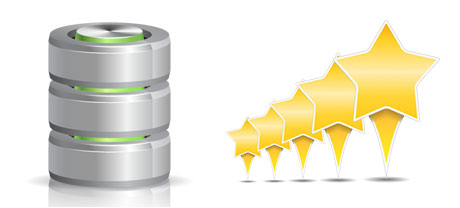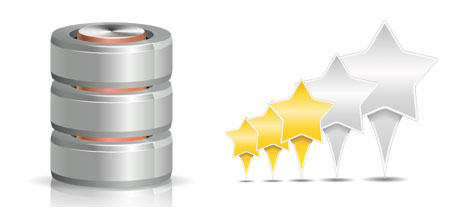For decades there was only one reputable way for you to store info on a computer – using a disk drive (HDD). Having said that, this sort of technology is currently displaying its age – hard drives are actually loud and sluggish; they are power–ravenous and are likely to produce quite a lot of heat throughout intensive procedures.
SSD drives, on the other hand, are swift, take in a smaller amount power and are generally far less hot. They provide a brand new strategy to file access and data storage and are years in front of HDDs with regards to file read/write speed, I/O effectiveness and then power efficiency. Find out how HDDs fare against the more recent SSD drives.
1. Access Time
With the arrival of SSD drives, data accessibility speeds are now over the top. Because of the new electronic interfaces utilised in SSD drives, the common data file access time has shrunk into a record low of 0.1millisecond.
The technology driving HDD drives dates back to 1954. And while it’s been substantially enhanced through the years, it’s nevertheless no match for the ingenious concept driving SSD drives. Using today’s HDD drives, the very best file access speed you’ll be able to reach can vary somewhere between 5 and 8 milliseconds.
2. Random I/O Performance
As a result of the completely new significant data storage strategy embraced by SSDs, they offer speedier data access rates and swifter random I/O performance.
During Good Web Business Hosting.’s tests, all SSDs showed their ability to manage at the very least 6000 IO’s per second.
Hard drives present reduced data access speeds because of the older file storage and access technology they are employing. And they also display considerably slower random I/O performance when compared with SSD drives.
In the course of Good Web Business Hosting.’s trials, HDD drives managed around 400 IO operations per second.
3. Reliability
SSD drives don’t have any sort of moving elements, which means that there is far less machinery included. And the less physically moving elements you will discover, the lower the probability of failing will be.
The common rate of failure of an SSD drive is 0.5%.
To have an HDD drive to operate, it has to spin a few metallic hard disks at more than 7200 rpm, retaining them magnetically stable in the air. They have a whole lot of moving components, motors, magnets and other tools loaded in a small place. Consequently it’s no surprise the average rate of failure associated with an HDD drive varies somewhere between 2% and 5%.
4. Energy Conservation
SSDs lack moving parts and require hardly any cooling energy. In addition, they demand not much power to work – trials have shown that they can be operated by a standard AA battery.
As a whole, SSDs use up somewhere between 2 and 5 watts.
As soon as they were built, HDDs have been really electric power–ravenous equipment. Then when you’ve got a web server with many HDD drives, this can boost the month–to–month electric bill.
Typically, HDDs take in in between 6 and 15 watts.
5. CPU Power
As a result of SSD drives’ higher I/O efficiency, the leading web server CPU can process file requests more rapidly and save time for additional procedures.
The common I/O delay for SSD drives is just 1%.
By using an HDD, you will need to spend additional time looking forward to the results of your data file request. As a result the CPU will continue to be idle for much more time, looking forward to the HDD to reply.
The standard I/O wait for HDD drives is about 7%.
6.Input/Output Request Times
The bulk of our brand new servers now use simply SSD drives. All of our lab tests have demostrated that using an SSD, the typical service time for an I/O request although performing a backup remains below 20 ms.
Sticking with the same hosting server, however this time loaded with HDDs, the results were completely different. The average service time for any I/O request fluctuated somewhere between 400 and 500 ms.
7. Backup Rates
Speaking about back–ups and SSDs – we’ve observed a substantual advancement with the data backup rate as we switched to SSDs. Right now, a regular server back–up will take only 6 hours.
Through the years, we have utilized mainly HDD drives with our machines and we are familiar with their efficiency. On a server built with HDD drives, a full web server backup usually takes about 20 to 24 hours.
With Good Web Business Hosting., you will get SSD–powered website hosting solutions at inexpensive price points. The shared website hosting plans along with our VPS servers include SSD drives automatically. Apply for an website hosting account with Good Web Business Hosting. and witness how your websites can become much better automatically.
Hepsia
- Live Demo
Service guarantees
- All of our Virtual Private Servers provide no installation costs and work in a secure network offering 99.9% of uptime. Full root server access guaranteed.
Compare our prices
- Effortlessly review the resources and characteristics offered by all of our Virtual Private Servers. Find which VPS setup provides you with exactly what you want to manage your dynamic online presence easily.
- Compare our hosting plans
Contact Us
- Contact us 24/7/365 by email or by employing the ultra–fast ticketing platform. Our technicians are going to reply to any of your queries within just 60 mins.




